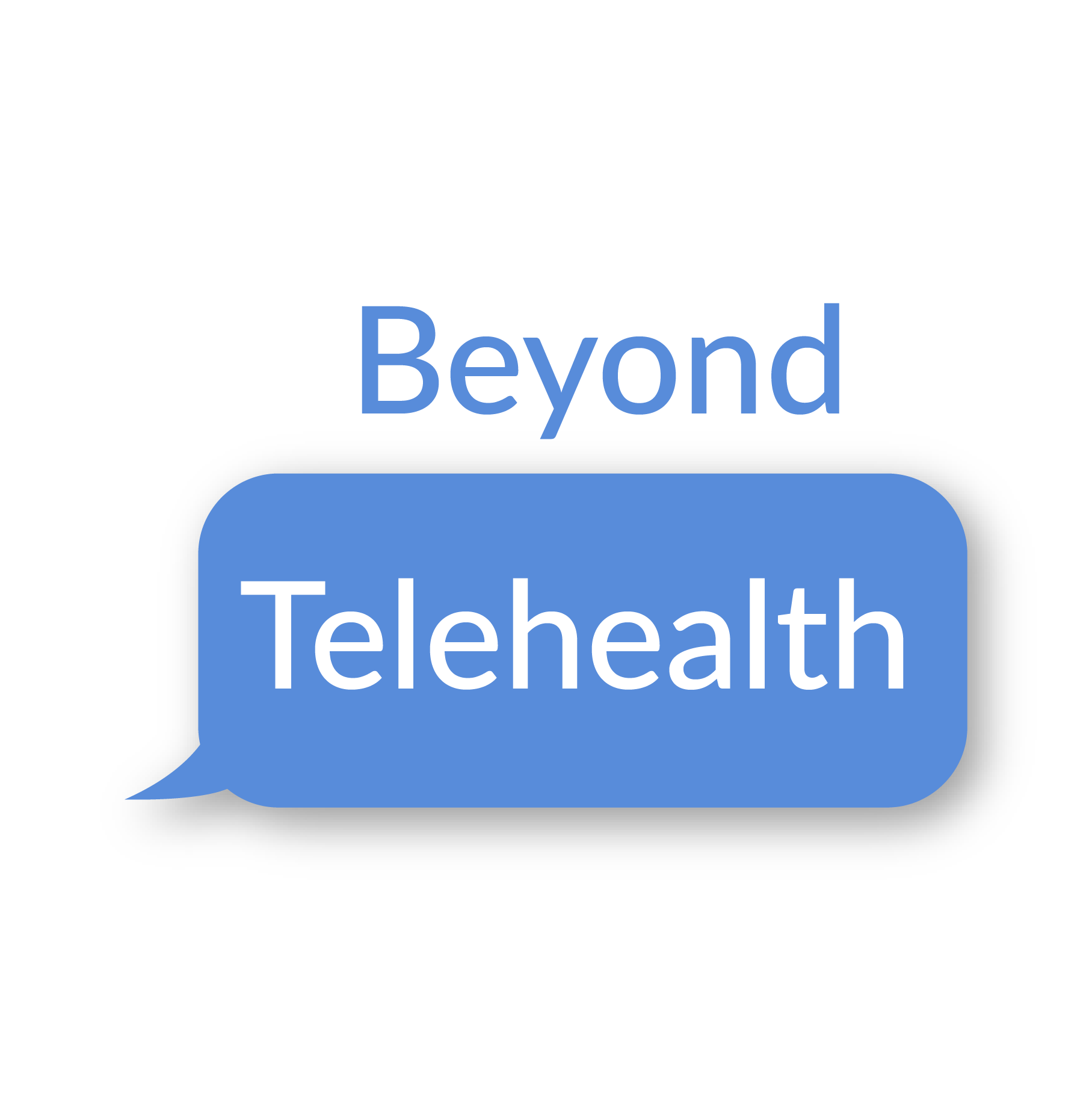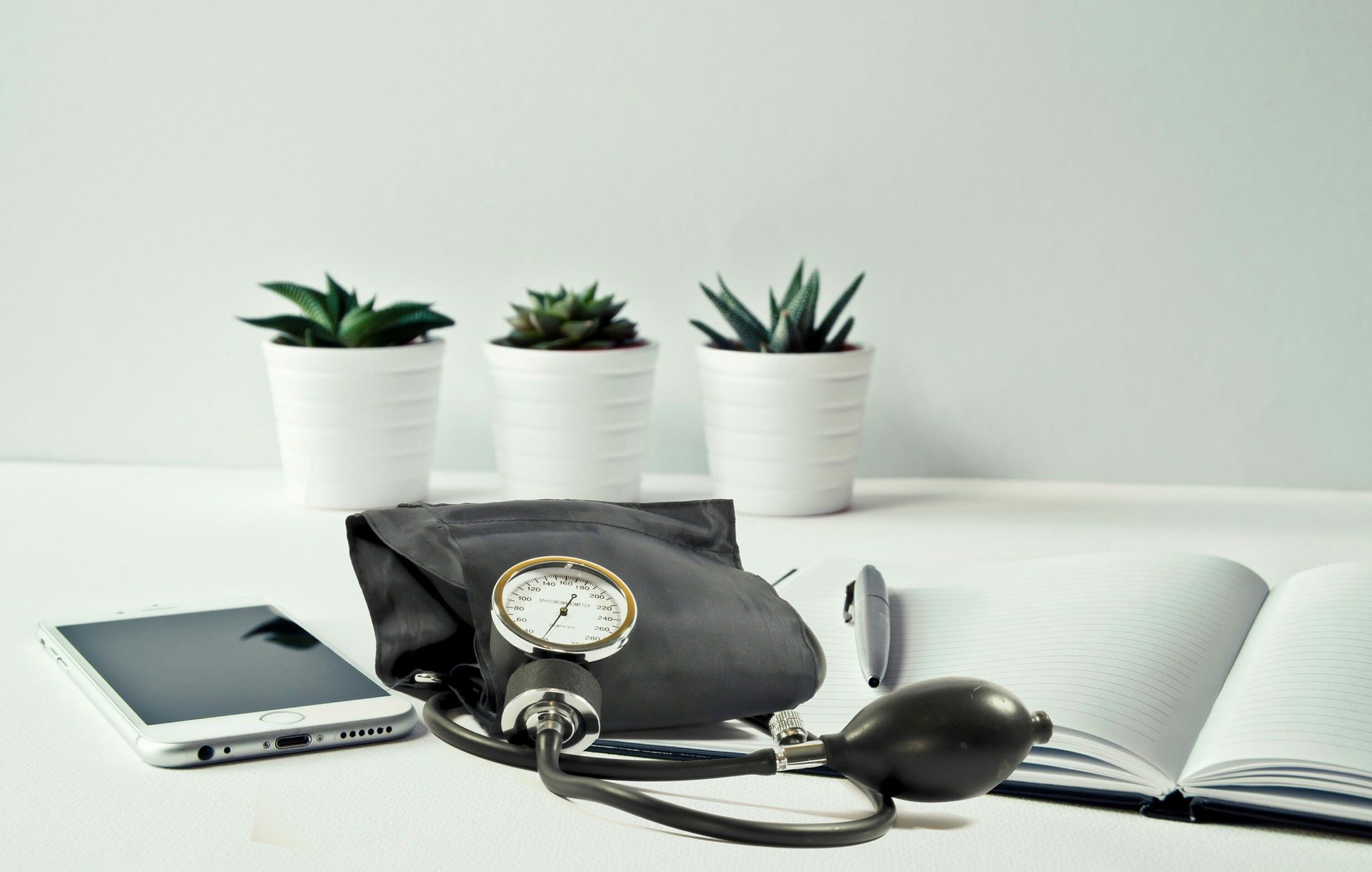“RPM can fix broken hearts.”
That’s what Jen Fox NP, who specializes in heart failure and pulmonary hypertension, says to her patients.
Remote patient monitoring is a technology that enables monitoring of patients outside of conventional clinical settings, such as in the home or in a remote area, which may increase access to care and decrease healthcare delivery costs. RPM is a solution to deliver high-quality, safe and affordable acute care, while significantly reducing cost, readmissions and healthcare use compared to hospital care.
RPM uses digital technologies to collect medical and other forms of health data from individuals in one location and electronically transmit that information securely to health care providers in a different location for assessment and recommendations. This type of service allows a provider to continue to track healthcare data for a patient once released to home or a care facility, reducing readmission rates.
Monitoring programs can collect a wide range of health data from the point of care, such as vital signs, weight, blood pressure, blood sugar, blood oxygen levels, heart rate, and electrocardiograms.
This data is then transmitted to health professionals in facilities such as monitoring centers in primary care settings, hospitals and intensive care units, skilled nursing facilities, and centralized off-site case management programs. Health professionals monitor these patients remotely and act on the information received as part of the treatment plan.
In the case of Jen Fox’s patient, who wondered why she needed to have a box of devices sent home with her after discharge, RPM is a life saving tool. With a diagnosis of congestive heart failure, the patient is still short of breath and needs to use a pulse oximeter to record her oxygen level. With RPM, Jen can follow her oxygen levels, weight, blood pressure, and heart rate every day. In this case, RPM can enable the patient to stay at home rather than making a trip to the office every week or two. Jen can simply change a dose of the patient’s medications or adjust the oxygen level with a quick phone call or video visit. If the new hospital room is the bedroom, then RPM is the tool to help that become a reality.
Monitoring programs can help keep people healthy, allow older and disabled individuals to live at home longer, and avoid having to move into skilled nursing facilities. RPM can also serve to reduce the number of hospitalizations, readmissions, and lengths of stay in hospitals—all of which help improve quality of life and contain costs.
It is worth noting that Medicare provides reimbursement for RPM using communication technology based services. These codes are separate from telehealth codes
How to make your RPM program sustainable and successful?
The RPM team is the most critical aspect of success. From the referral process to the providers in the field, everyone has a role to play. The nurses who watch the dashboard communicate with the physician or nurse practitioner who are able to change treatment plans and medication doses. If there is a problem with the technology, home healthcare providers can troubleshoot with the patient and family. The patient is the center of attention and the team helps to keep them safe at home and out of the hospital.


Comments are closed